Apache Solo Display Team
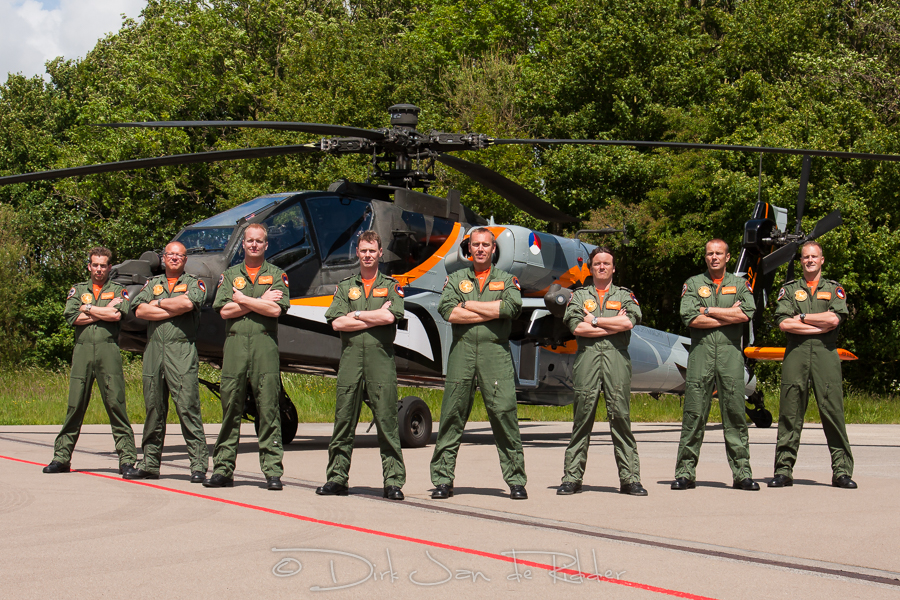
After a five year absence, last summer saw the return of the Royal Netherlands Air Force AH-64D Apache Solo Display Team.
The Apache display team was established in 2002 by two Apache test pilots, captains Wandert Brandsen and Hein Faber, initially as a one-off happening to take part in the RNLAF Open House held at their homebase. The display was compiled with cooperation of Boeing’s test pilot team and the Dutch National Aerospace Laboratory. Despite their previous plans, both pilots kept performing during 2003 and 2004.
In 2005 the idea came up to transfer the display team from the Test Office to the operational squadron. Captain Raymond Laporte, at that time not yet a test pilot, became the new co-pilot and that same year the team won the ‘Sir Douglas Bader Trophy’ for best solo display at the Royal International Air Tattoo. The following year, Laporte would become the commander of the display team with a new co-pilot in the front seat. However, operational commitments in Iraq and Afghanistan prevented the team from flying. The team was abolished indefinitely.
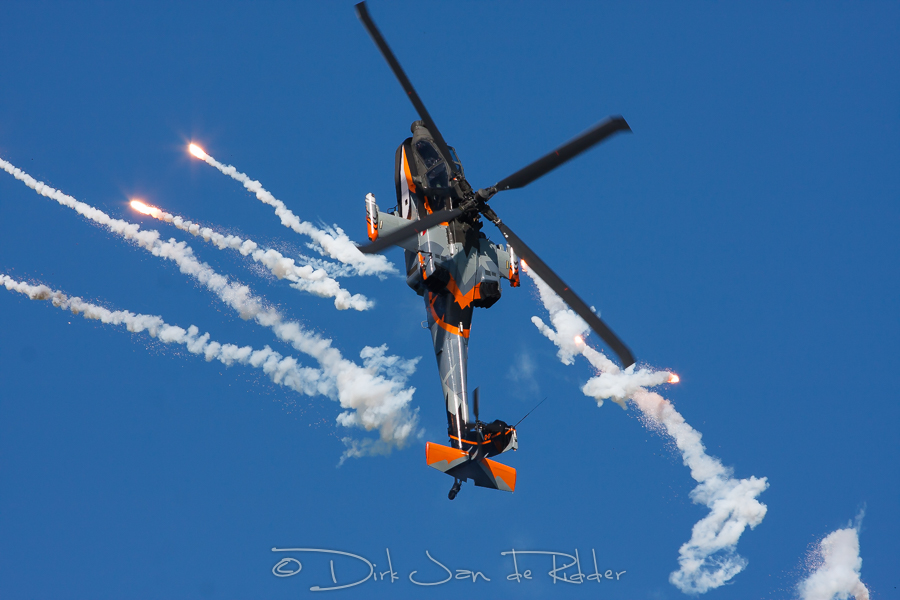
With the end of the Afghanistan Apache deployment in sight in 2010, enough flying hours became available to start the team up again. Major Laporte, who had since become a test pilot, started rehearsing for the show with a new co-pilot and displayed the Apache at five airshows in Belgium and the Netherlands, as well as at the Royal International Air Tattoo in the United Kingdom. This year’s team consists of two display pilots, one an instructor at 299 squadron and the other chief flight operations and instructor at 301 squadron, and two coaches, one of which is an instructor as well. This is actually the first year the display is not flown by a test pilot.
Major Roland ‘Wally’ Blankenspoor, last year’s co-pilot, has moved up to the backseat to become the pilot in command. He is assisted by Captain Paul ‘Wokkel’ Webbink in the backseat. Wokkel: ”Now that our helicopters are back from Afghanistan, we will have one Apache helicopter dedicated to the team only, so it will not be used for operational training. It has 100 hours left on the clock before it goes into maintenance, so we can use it for two complete seasons. This way, we don’t have to request a helicopter from the operational squadron every time we need it, which makes it easier for all involved.”
Unlike the Dutch F-16 display, the Apache display consists of non-standard maneuvers so it is only flown by very experienced pilots. With over 2100 flying hours, Wally is the chief flight operations for 301 squadron and instructor pilot. Wokkel has logged over 1600 hours on the AH-64D since 2000 and has been a flight instructor for the past four years. Being an instructor pilot is no requirement to join the team. Any experienced pilot can apply to join, but common sense says that instructors are generally more experienced. The pilots are supported by four ground crews specialized in avionics, maintenance and armament from the operational Apache squadron.
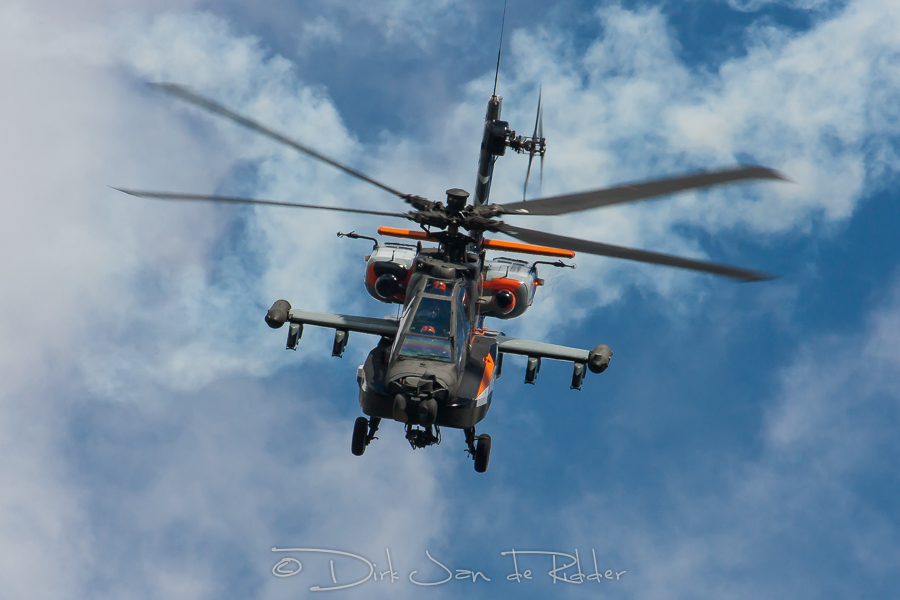
During March the team started flying rehearsal displays. Twenty hours were spent practicing the maneuvers over their homebase Gilze-Rijen, as well as at Leeuwarden, Woensdrecht, reserve airbase Deelen and over water near Woensdrecht airbase. Before that, the pilots spent some ten hours in the simulator. Wally: “We use the simulator mainly to train emergency situations and crew resource management. Coordination between me and my co-pilot takes a lot of training, since it is so much different from a normal flight. The sim enables us to train the maneuvers quite realistically, but it’s not a full motion simulator and we obviously don’t feel the G forces. We pull up to 2.8 G during the display, which is also about the limit of our helicopter.”
Activities for the Apache Solo Display Team are fulfilled on a voluntary basis and in the team members’ spare time. Pilots are not exempt from operational commitments. Besides flying the displays and instructing new pilots, both display pilots and coaches are all ready to deploy at short notice, in which case the displays will be cancelled. In fact, one of the coaches told the authors he would deploy to Italy for two weeks of mountain flying and to the United States for weapon deployment training in between the acceptance display and the first few display. The workload is overwhelming, but it is all worth it, he said.
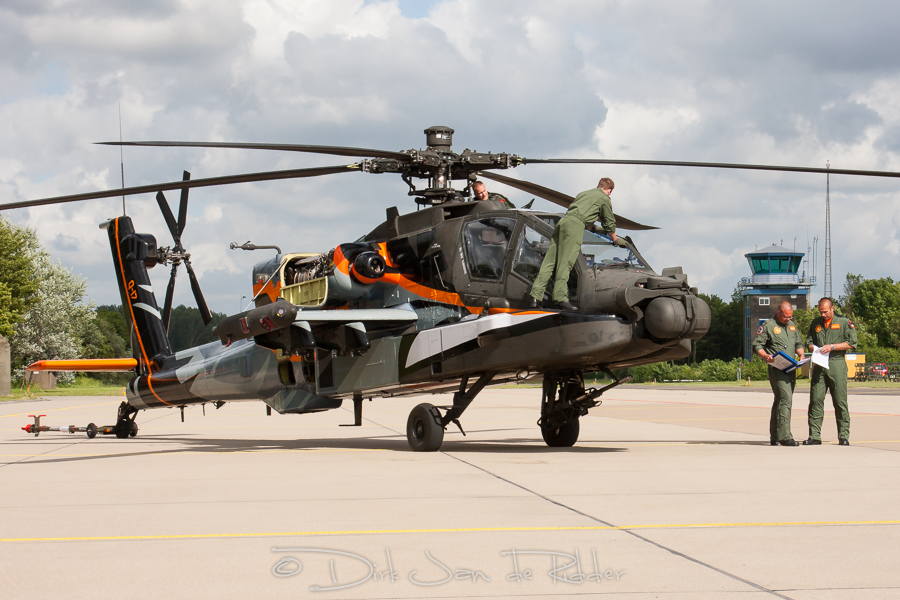
Particularly noteworthy is the fact that the pilot in command normally sits in front to operate the weapon systems, but for the display these roles are reversed. Wally thus flies from the backseat –as usual- and is the pilot in command at the same time. He is assisted by Wokkel whose job it is to select 100% power for nearly every manoeuvre while communicating altitude, airspeed and pitch with Wally before every maneuver. During the demonstration flight, the co-pilot stands in direct contact with a coach on the ground who assesses the display and makes sure safety is not affected by external factors (such as an aircraft flying into the control zone). The coaches also take over some of the administrative work so the pilots can focus on the actual flying display.
The airshows on the calendar are not much different to last year’s schedule. With a limited amount of flying hours dedicated to the team, the focus is on flying displays rather than logging hours flying to and from airshows, so the team will mainly be flying at events in Belgium and the Netherlands. They will perform at what have now become ‘regular’ airshows to them throughout and around the Netherlands such as the Dutch Defence Days, the Royal International Air Tattoo in the United Kingdom and Sanicole Airshow in Belgium.
A full report appeared in several magazines, including in Aeronautika:


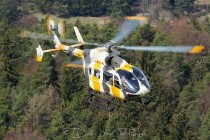
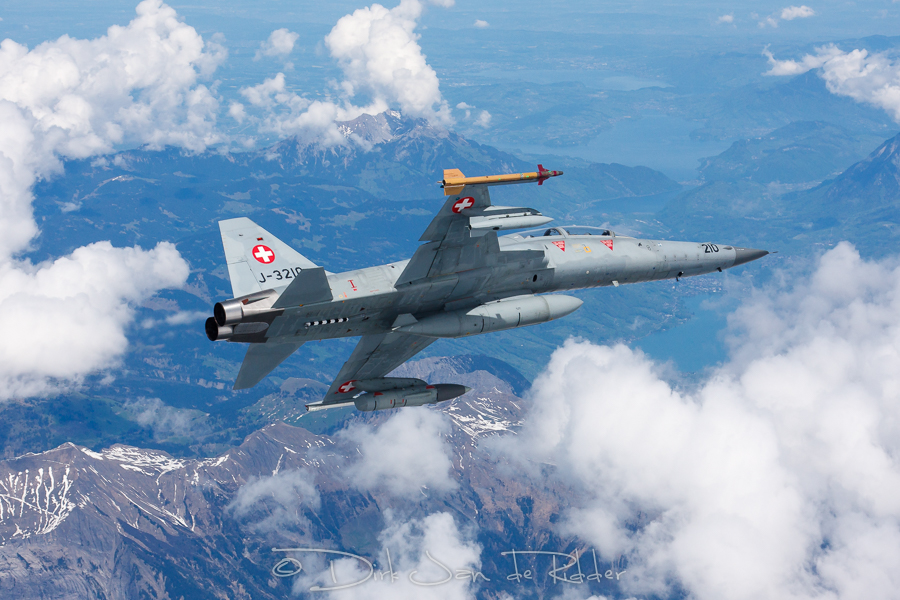
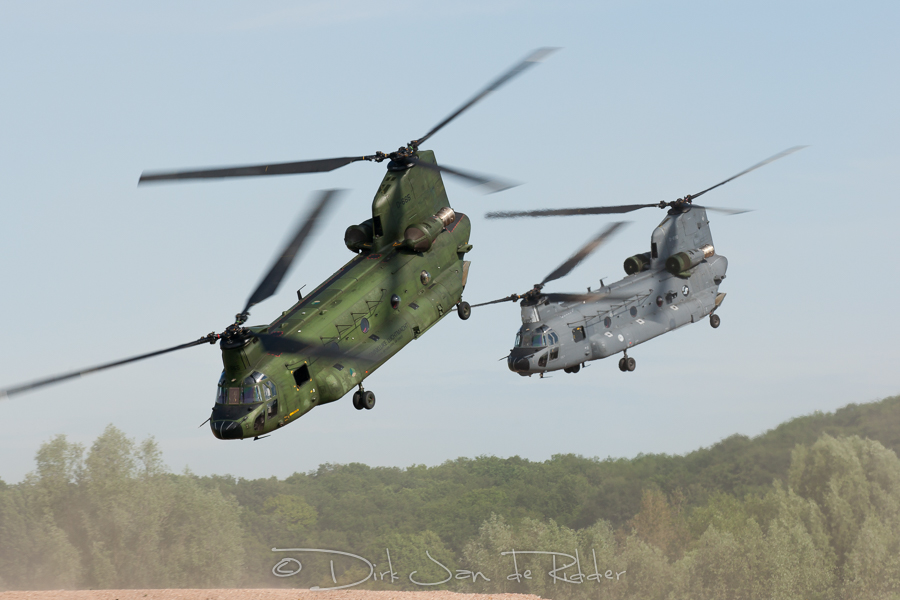
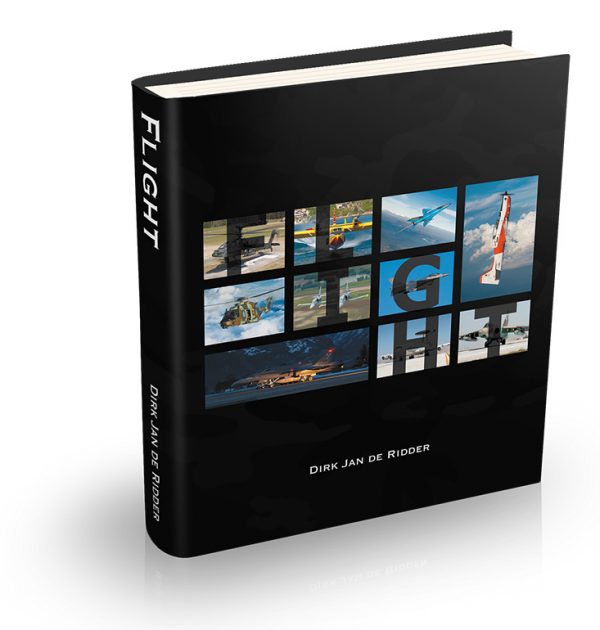
Comments are closed.